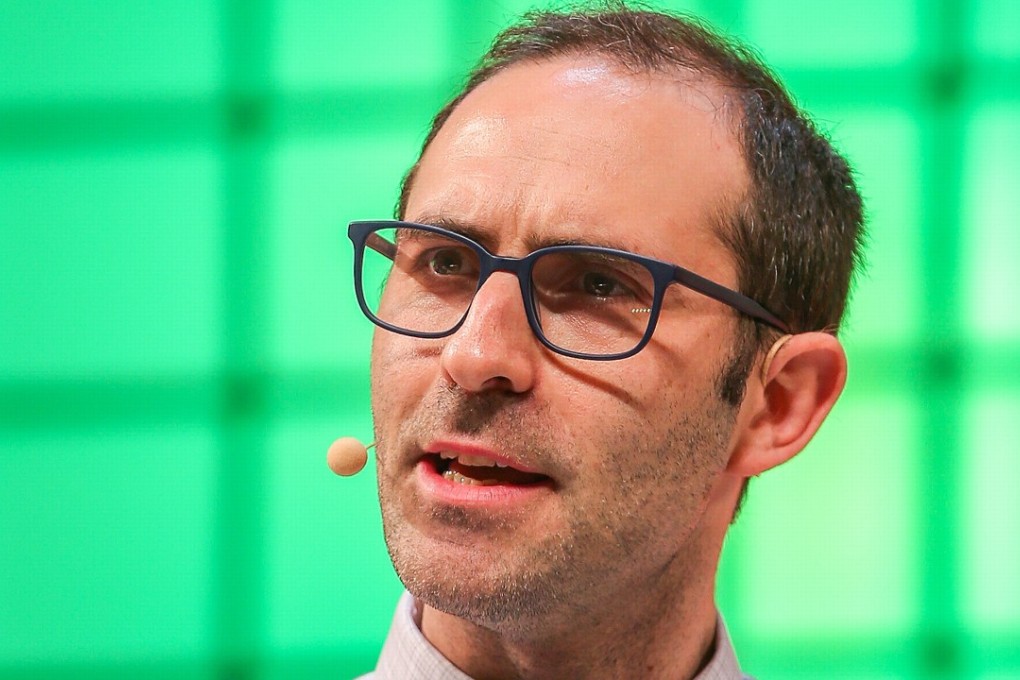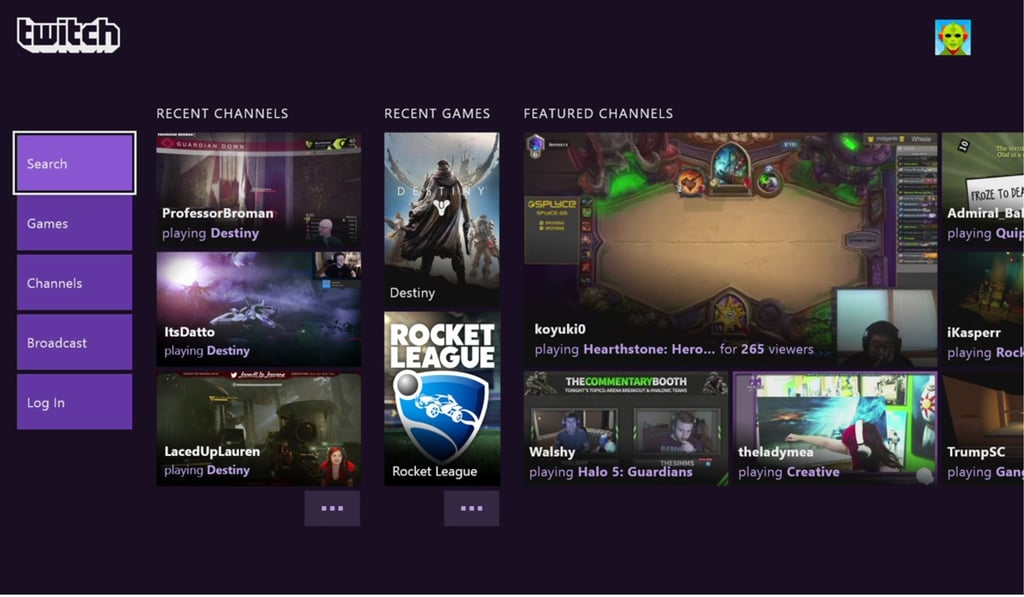Advertisement
Why Twitch earns billions and is the king of game streaming platforms
- More than a million people are tuned into Twitch at any moment to watch people playing video games
- Top streamer ‘Ninja’ earns seven figures a month
Reading Time:3 minutes
Why you can trust SCMP

Seven years on from the rebranding of its original incarnation Justin.tv, video game live-streaming platform Twitch boasts more than a million people tuned in at any moment – and interest is rising.
Today’s top “streamers” are celebrities who can earn fame and a healthy living from competitive video gaming.
Co-founder Emmett Shear says his light bulb moment came in 2010, four years before Amazon swooped to net Twitch for a cool US$970 million.
Advertisement
“In 2010, I realised the content I loved, that I was watching on Justin.tv, was all gaming content,” he says.
“[I] loved the streamers, so I decided we would start focusing on just gaming, and there was a huge opportunity there.”
Advertisement

Advertisement
Select Voice
Choose your listening speed
Get through articles 2x faster
1.25x
250 WPM
Slow
Average
Fast
1.25x